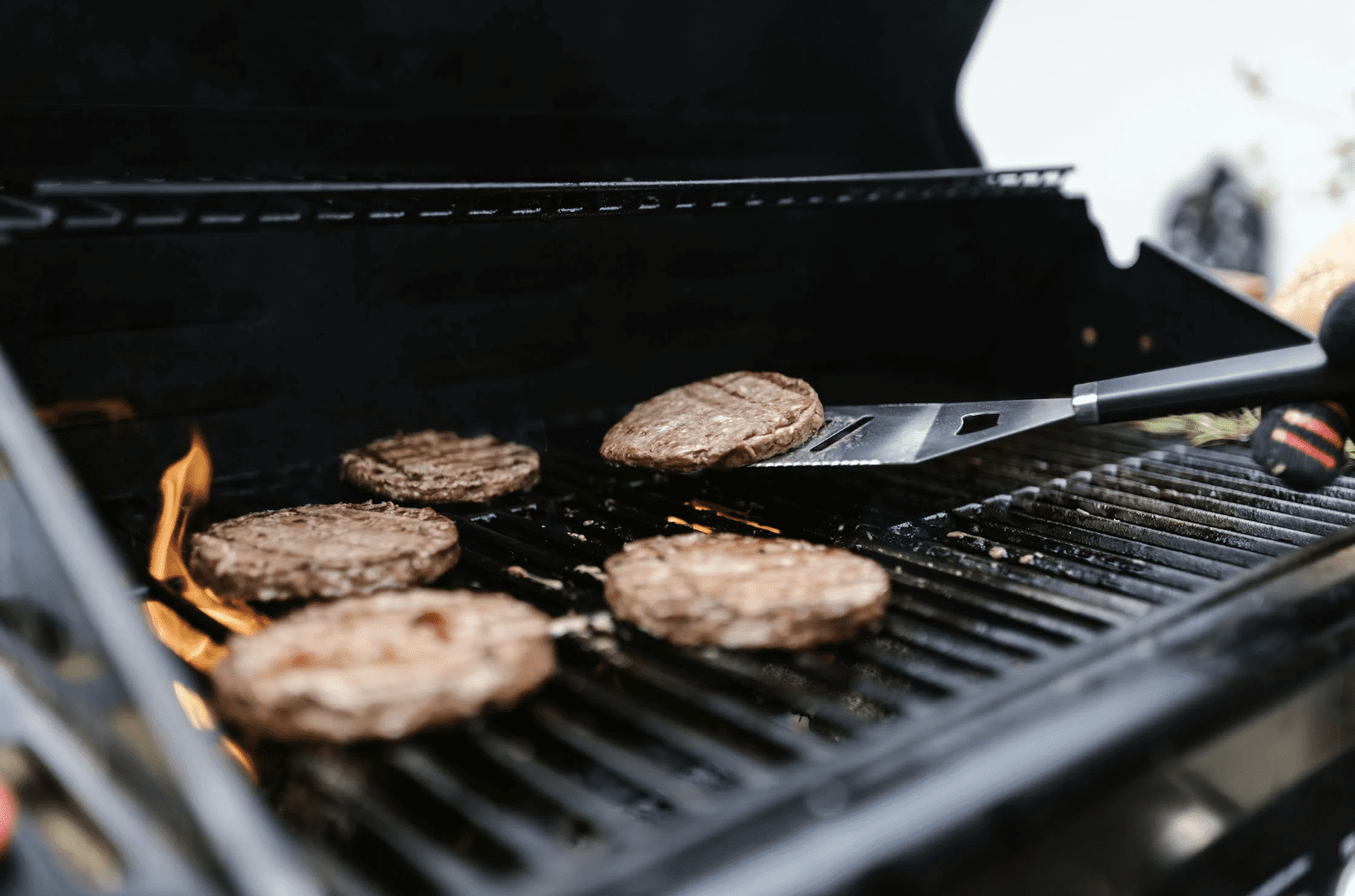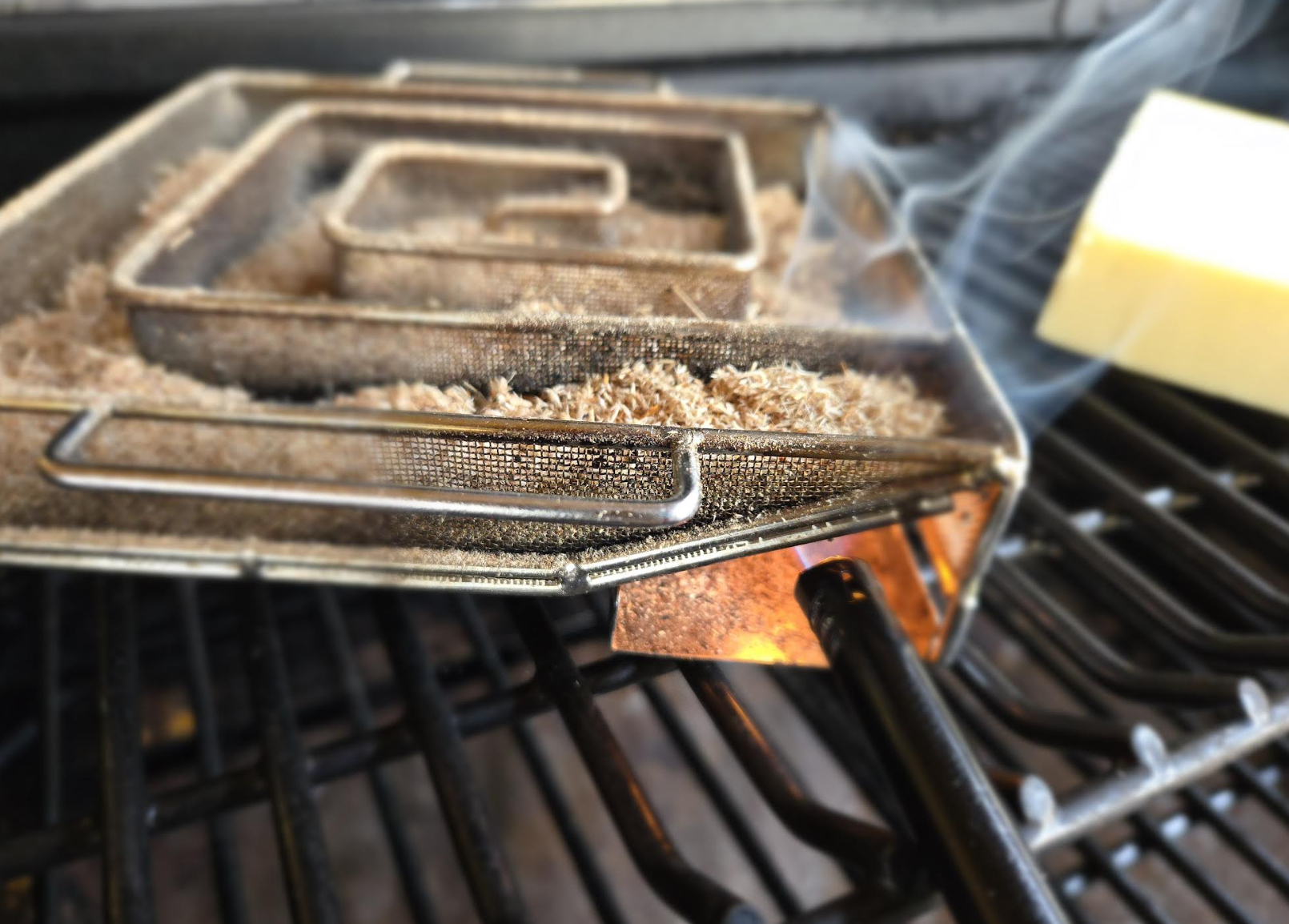Picking the right barbecue or smoker often requires an investment in time and money. Our guide will help you choose the right equipment in 2025.
From basic cooking techniques, backyard grilling and smoking have evolved into a whole culinary art form. The right grill or smoker can make all the difference, whether you’re participating in a BBQ competition, throwing a laid-back weekend picnic, or trying out new recipes. However, selecting the best smoker might be difficult because of the plethora of options available, including electric, gas, pellet, charcoal, and more.
In this detailed review, you will learn all you need to know about home smokers and grills. Their shapes, fuel types, usual sizes, advantages and disadvantages, and best users will all be covered. Whether you’re a beginner or an experienced pitmaster, you’ll know by the end of this which grill or smoker best fits your needs.
Understanding Grill and Smoker Types:
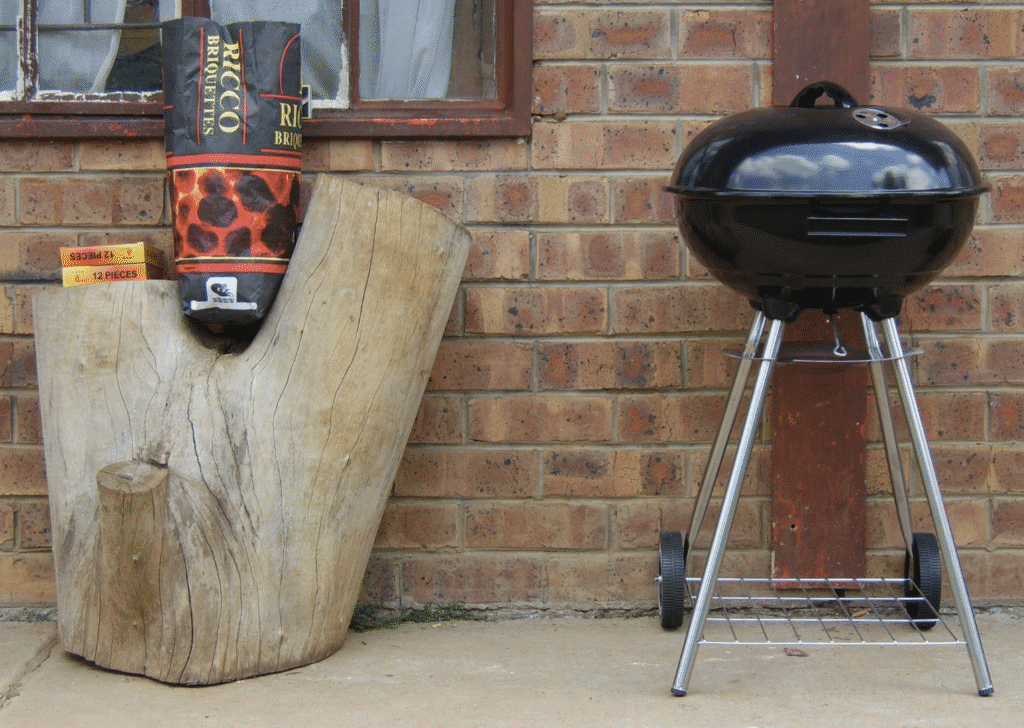
Charcoal Grills
Kettle Grills:
The most iconic and famous kind of charcoal grill is the kettle grill. They are a common sight in backyards all over the world because of their simple yet efficient design.
Shape: The bowl is round, deep, and has a domed lid. Food is cooked more evenly thanks to the dome’s ability to trap heat and smoke, providing a convection effect.
Fuel: Charcoal lumps or briquettes are used as the fuel. While lump charcoal burns hotter and has a greater smoky flavor, briquettes burn longer and more consistently.
Sizes: 18″, 22″, and 26″. The most popular type is the 22-inch one, which provides enough space for a family barbecue.
Pros:
- It is readily accessible and reasonably priced.
- It provides that traditional smoky taste.
- With the correct equipment, it may be used for baking, smoking, and open flame grilling.
- It’s easy to store and portable.
Cons:
- It takes time to ignite and keep the heat steady.
- For beginners, controlling the temperature might be challenging.
- It produces ash, which requires frequent cleaning.
Best for: Novice grillers, individuals on a tight budget, and those who enjoy informal gatherings.
Popular Brands: Char-Broil, Napoleon, and Weber are among the most popular brands in this category.
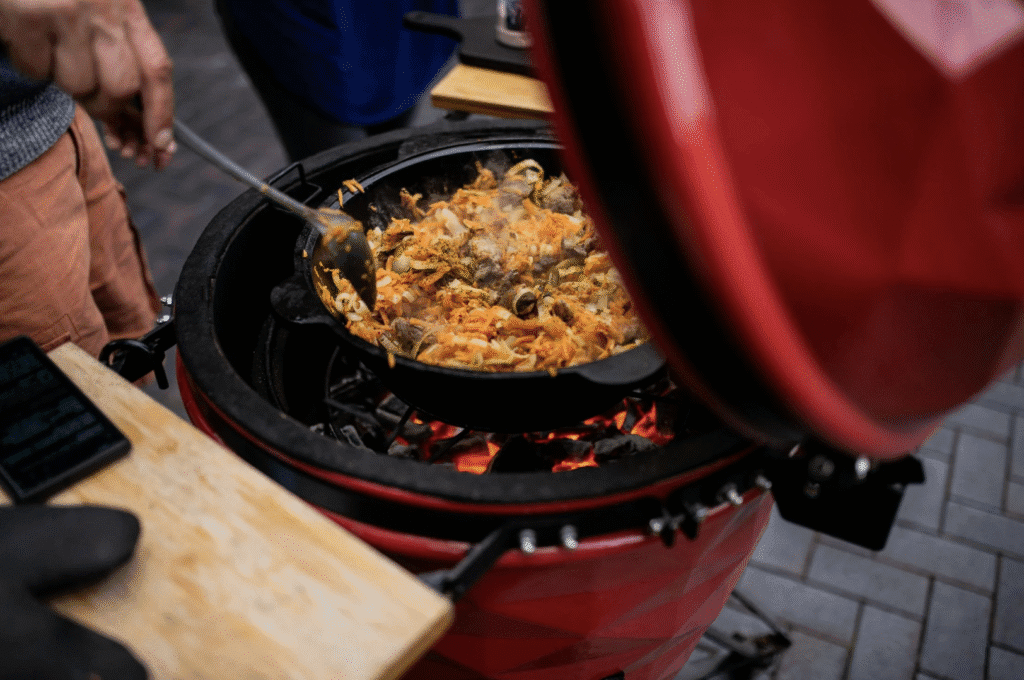
Ceramic Egg Kamado Grills:
Ceramic egg grills, also known as kamado grills, are renowned for their remarkable heat retention and versatility.
Shape: Inspired by traditional clay cooking containers, the design is egg-shaped and features thick ceramic walls for insulation. They tend to be far larger than kettles.
Fuel: Lump charcoal is a good fuel choice for Ceramic Egg Kamado Grills. Precise temperature control is made possible by the thick walls, which retain heat.
Sizes: Sizes typically range from 13″ (small), 18″ (medium), to 24″ (big) and beyond.
Pros:
- It is energy-efficient because of its excellent heat retention.
- It can be used for baking, roasting, grilling, and smoking.
- The temperature can be lowered to 225°F for gradual smoking or raised to 750°F for searing.
- Long-lasting and durable with the right maintenance.
Cons:
- It is heavy and is challenging to move from one place to another.
- It is costly in comparison to other grills.
- It needs frequent maintenance to avoid cracking.
Best For: This is a perfect grill for people who like slow smoking, barbecuing, and high-heat grilling.
Well-known brands: Primo, Kamado Joe, and Big Green Egg are well-known brands for these grills.

Gas Grills
Standard Natural Gas and Propane Grills:
When it comes to convenience, gas grills are the preferred option for many. They are an ideal option for those who wish to grill frequently without having to deal with the hassle of wood or charcoal.
Shapes: It features several burners and has a rectangular shape. Usually, stainless steel is used to make the burners.
Fuel: Natural gas or propane is used as fuel for such grills. Propane is portable, while natural gas needs a fixed connection. Propane is far more popular.
Sizes: 2 to 6 burners with 200 to 800 square inches of cooking space. For most families, a three-burner grill is the best option.
Pros:
- It heats up quickly, often within ten to fifteen minutes.
- With movable burners, it provides precise temperature control.
- Easy to clean and requires very little upkeep.
- It is ideal for big parties or weeknight dinners.
Cons:
- The smoky flavor of wood-fired or charcoal grills is absent.
- It needs a propane tank or a gas connection.
- High-end versions can be pricey.
Best For: Those who value convenience, busy families, and frequent grillers.
Popular Brands: Weber, Napoleon, Broil King, and Char-Broil are some of the well-known brands.
Infrared Grills:
Using cutting-edge technology, infrared grills provide strong heat for searing.
Shape: Infrared burners give this barbecue a shape akin to that of gas grills. The cooking surface is directly heated by the burners using infrared radiation.
Fuel: Such grills use natural gas or propane as fuel.
Sizes: They vary in size, but are often large.
Pros:
- It ensures even cooking and minimizes flare-ups.
- Ideal for giving steaks a sear that rivals that of restaurants.
- It heats up quickly and keeps the temperature consistent.
Cons:
- It can be more costly than typical gas barbecues.
- Food can overcook if not properly monitored.
- It imparts a very minimal smoky taste to the food.
Best For: Fans of high-heat grilling and steak enthusiasts are the right customer base for these grills.
Popular Brands: TEC, Solaire, and Char-Broil TRU-Infrared are some of the well-known brands in this category.
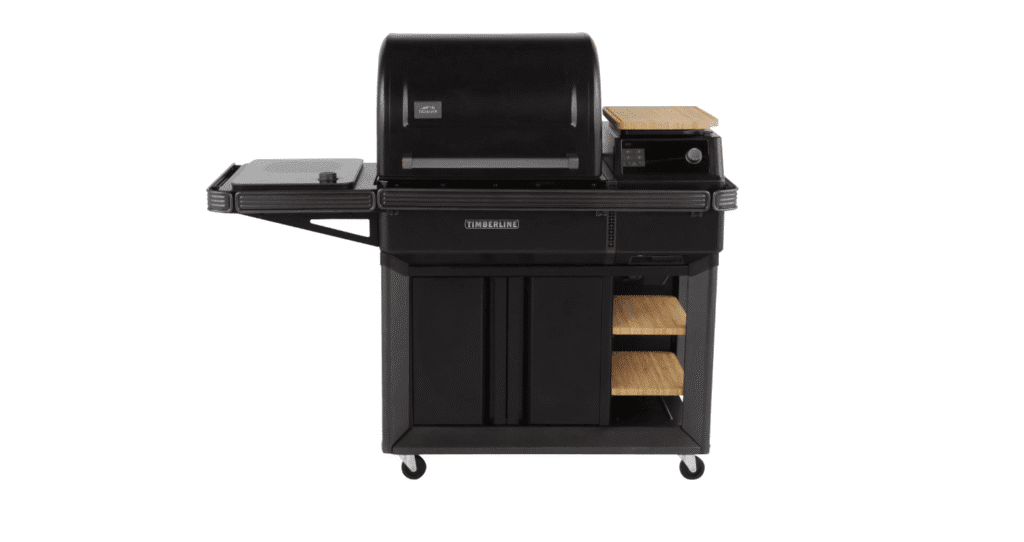
Pellet Grills:
Pellet grills combine the taste of wood-fired cooking with the ease of use of gas grills.
Shape: It has a barrel-like shape with a wood pellet hopper. Pellets are fed into a firebox from the hopper, producing smoke and heat.
Fuel: Pellets of compressed wood are used as fuel. Pellets are available in a variety of flavors, including applewood, mesquite, and hickory.
Sizes: Typical sizes range from 300 to 1,000 square inches.
Pros:
- It’s ideal for smoking because of its automated temperature control.
Versatile cooking options like roasting, baking, smoking, and grilling. - Produces a delicious wood-smoked flavor and steady heat.
Cons:
- In comparison to other grills, it is costly.
- It needs electricity to function.
- It is reliant on a consistent pellet supply.
Best for: BBQ enthusiasts and smokers who want to set-it-and-forget-it cooking, would enjoy using these grills.
Popular Brands: Yoder, Pit Boss, Camp Chef, and Traeger are well-known brands in this category.
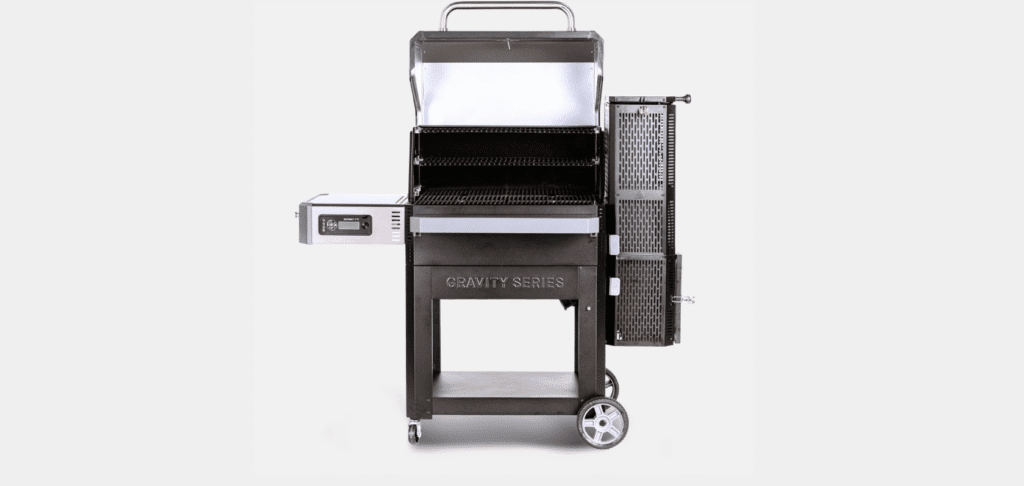
Offset Smoker:
For classic BBQ, offset smokers are the best option, as they offer similar functionalities.
Shape: A horizontal chamber with a firebox on the side. The cooking chamber receives the heat and smoke produced by the firebox.
Fuel: Charcoal or wood logs can be used as fuel. The finest flavor comes from wood logs, but they can be more difficult to handle.
Sizes: Typical sizes available range from 600 to 1,500 square feet.
Pros:
- It has a rich, smoky flavor of authentic barbecue.
- It is perfect for big meats like ribs and brisket.
- A lot of meat can be cooked at once.
Cons:
- It’s heavy, and moving it can be challenging.
- Maintaining temperatures on these requires experience and constant monitoring.
- High-end models are expensive.
Best for: Traditional and competitive BBQ cooks would find these grills perfect for their use.
Popular Brands: Horizon Smokers, Lang, Yoder, and Oklahoma Joe’s are some brands for these grills.

Bullet Smokers (Vertical Water Smokers):
Bullet smokers are a popular choice for home smokers because of their portability and efficiency.
Shape: It has a vertical cylinder with a water pan and several grates. The water pan helps with temperature regulation and moisture retention.
Fuel: Charcoal or pieces of wood can be used as fuel.
Sizes: 14″, 18″, 22″ are available. The most common size is the 18-inch model.
Pros:
- Easy to use and reasonably priced.
- It is excellent for smoking pork and poultry as it retains moisture efficiently.
- It is small and convenient to store.
Cons:
- It has limited grill capabilities.
- In comparison to other smokers, it has a smaller cooking space
Best For: Those who enjoy smoking at home and have space availability issues.
Popular Brands: Weber Smokey Mountain, Pit Barrel Cooker, and Char-Broil Bullet Smoker are some popular brands.
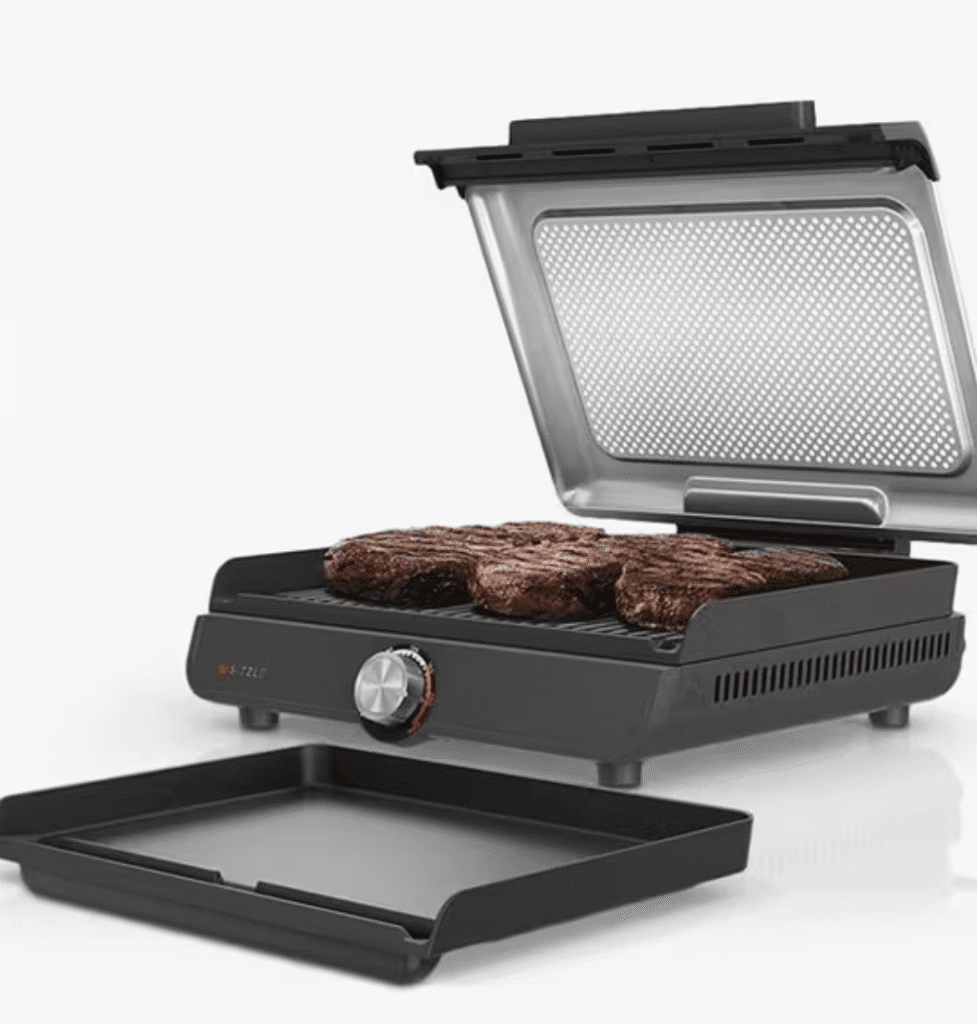
Electric Grills & Smokers
Electric Grills:
For indoor cooking and people living in metropolitan cities, electric grills are a perfect choice.
Shape: Compact or flat with heating components.
Power Source: Electricity.
Sizes: Small (100–300 sq. in) and large patio models are available.
Pros:
- They are suitable for apartments because they don’t require fuel.
- It is simple to maintain and clean.
- It heats up evenly and rapidly.
Cons:
- It lacks authentic grill flavor and taste.
- It needs a power source, which restricts its mobility.
Best For: These grills are well-suited to the needs of indoor grilling and city residents.
Popular Brands: Char-Broil Electric, Weber Q, and George Foreman are popular brands.
Example Use Case: For someone who wishes to cook burgers and vegetables indoors while living in an apartment, a George Foreman Indoor/Outdoor Electric cook is an ideal choice.
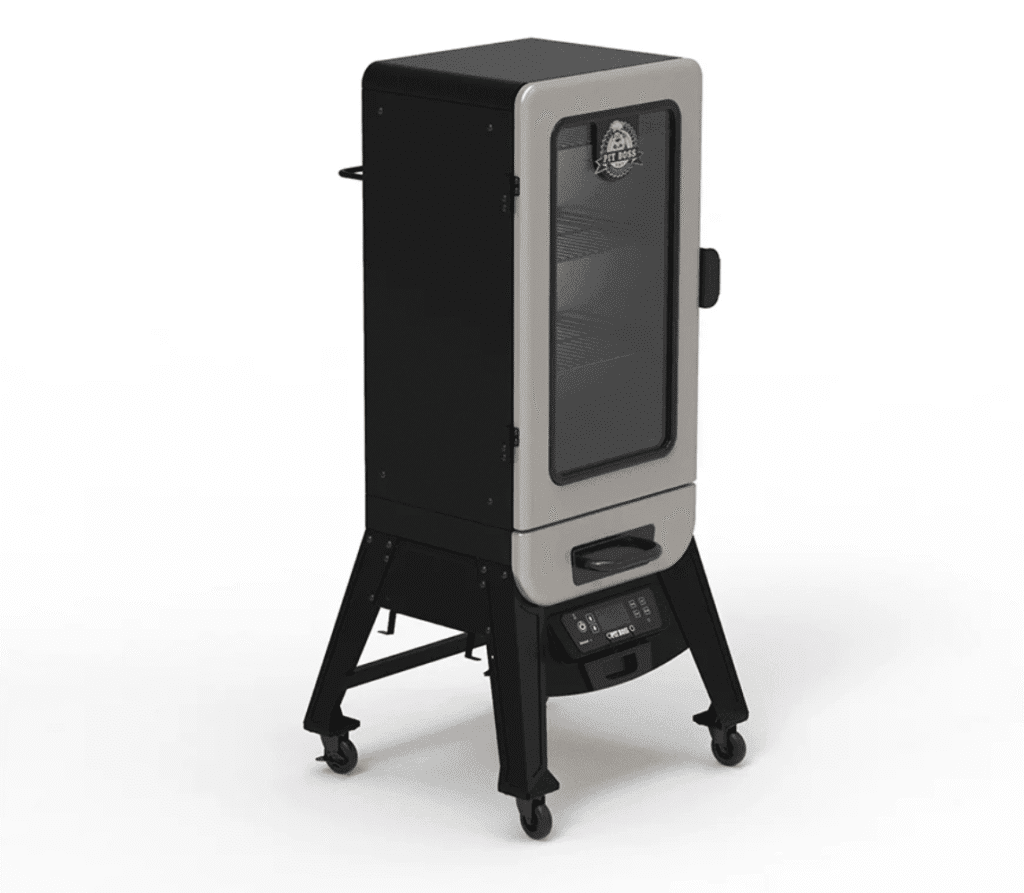
Electric Smoker:
Electric smokers are convenient and easy for beginners to use.
Shape: A vertical box including racks and an electric heating source is the shape.
Fuel: Electricity with wood chips to develop flavor.
Sizes: The typical sizes range from 300 to 1,000 square feet.
Pros:
- It offers set-and-forget convenience and ease of use.
- Excellent for beginners and infrequent smokers.
- It produces smoke and heat consistently.
Cons:
- Smoke penetration is lower than that of wood or charcoal smokers.
- The need for a power source restricts its mobility.
Best For: It is well suited to the needs of those living in a condo/apartment, beginners, and occasional grillers/smokers.
Popular Brands: Char-Broil Digital, Bradley, and Masterbuilt are popular electric brands.
Example Use Case: A Masterbuilt Digital Electric Smoker is ideal for anyone who wants to smoke a pork shoulder without having to deal with the trouble of managing a fire.
2. Understanding Fuel Types and Their Effects:
Your grill or smoker’s cooking experience, flavor profile, and ease of use are all greatly influenced by the fuel type you choose. Let’s take a closer look at each fuel type’s distinct qualities, benefits, and disadvantages.
Charcoal:
Due to its capacity to give food a deep, smoky flavor, charcoal grilling is a time-tested technique that offers a genuine barbecue experience. Charcoal comes in two main varieties:
• Briquettes: Designed for a consistent burn and uniform shape, these compacted charcoal dust and additives are perfect for slow-cooked barbecue since they burn longer and distribute heat evenly. However, they also create more ash and may contain chemical binders.
• Lump Charcoal: Made from pieces of natural wood, lump charcoal produces less ash and burns evenly and cleaner. It has a stronger smoky flavor and reacts quickly to changes in airflow, making it perfect for searing and high-heat grilling.
Best For: Searing steaks, traditional barbecue, and adding a rich smoky flavor.
Pros:
- Excellent heat control and flavor of authentic barbecue.
- Widely accessible and available at different pricing points.
- Lump charcoal burns cleanly without any additives.
Cons:
- In comparison to gas or electric choices, it takes longer to ignite.
- Produces ash, which needs to be cleaned frequently.
- Controlling heat can be challenging when lump charcoal has inconsistent shapes.
Natural Gas and Propane:
Gas grills are the preferred choice for people who value convenience and ease of use, as they offer instant ignition and steady heat, making them ideal for daily grilling.
Propane: Provides mobility for outdoor cooking and tailgating, but requires a refillable propane tank.
Natural Gas: This fuel source is a house gas line providing an uninterrupted fuel source, however it restricts mobility.
Best For: Easy grilling, family barbecues, and quick evening dinners.
Pros:
- Precise temperature control and instant ignition.
- Clean burning with no ash and very little smoke.
- Low maintenance, in contrast to wood or charcoal.
Cons:
- It does not have the rich, smoky flavor of wood or charcoal.
- Needs a permanent gas hookup or propane tank.
Example Use Case: A propane grill, which provides quick heat without the wait time of charcoal, would be advantageous for a busy family wanting to quickly cook burgers, hot dogs, or veggies after work.
Wooden Pellets:
Pellet grills utilize compressed wood pellets as fuel, which are mechanically fed into a burn pot to maintain consistent heat, combining the flavor advantages of wood smoke with the convenience of gas.
Best For: BBQ lovers looking for wood flavor with automation, slow-smoked meats, and set-it-and-forget-it cooking.
Pros:
- Delivers a deep wood-smoked taste with little effort.
- Precise temperature control with digital controls.
- Available in a variety of wood flavors, including apple, cherry, mesquite, hickory, and others.
Cons:
- The pellet feed system requires electric power to run.
- It cannot achieve the high temperatures needed for an effective sear.
Example Use Case: A pellet grill would be advantageous for a backyard barbecue enthusiast who wants to smoke a brisket overnight without having to constantly control the fire to ensure even heat and smokey flavour without the need for manual changes.
Wood Logs:
For traditionalists, nothing compares to the rich, deep smoke of burning real wood logs. Wood-fired grilling, which is popular in offset smokers and BBQ pits, offers an unmatched authentic flavor.
Best For: Long smoking sessions, competition BBQ, and pitmasters.
Pros:
- Gives meats like brisket, ribs, and pork shoulder a strong smoky flavor.
- Offers total control over cooking temperature and smoke levels.
- Produces a genuine, vintage barbecue experience.
Cons:
- Needs expertise to control the airflow and fire for steady heat.
- Requires constant supervision and monitoring to maintain ideal temps.
Example Use Case: A chef competing in a barbeque competition uses an offset smoker with oak or hickory logs to produce deep smoke rings and wonderfully tender meats for a true, competition-level BBQ.
Electricity:
Electric grills and smokers are the most straightforward choice for people who prefer a hassle-free cooking experience without having to deal with open flames, which utilise electric heating components to cook food, often in combination with wood chips for added smoke.
Best for: Fire-restricted areas, indoor barbecuing and grilling, and urban dwellers.
Pros:
- Just plug it in and start cooking without storing fuel.
- Simple to use, with accurate temperature adjustments.
- Perfect for condos or flats where open fires are not allowed.
Cons:
- It cannot replicate the classic smoky BBQ flavor.
- Limits portability as it requires a power supply for functioning.
Example Use Case: An electric smoker is a practical and safe alternative to charcoal or gas for preparing ribs indoors for a resident living in a high-rise apartment.
3. Selecting the Right Smoker or Grill for You:
Your skill level, preferred flavors, and the type of cooking you want to perform will all play a role in your choice of grill or smoker.
• Best Option for Beginners: Charcoal kettle grills, pellet grills, and electric smokers are the best options for beginners.
• Best Option for Authentic BBQ: Offset smokers, ceramics, and pellet grills offer the best authentic barbecue flavor.
• Best Option for Convenience: Gas grills, pellet grills and electric smokers are the most convenient options.
• Best Option for Versatility: Kamado grills, pellet grills and gas grills with smoker boxes are the most versatile options.
• Best Option for Gatherings: Large gas grills, pellet grills and offset smokers are the best options for big parties.
4. Leading Smokers and Grills Manufacturers:
Here are a few of the most well-known brands with a wide range of pricing points:
• Cost-effective: Dyna-Glo, Pit Boss, and Char-Broil are reasonably priced grills offering solid performance.
• Mid-Tier: Weber, Napoleon, and Kamado Joe’s are an excellent combination of features, quality, and longevity.
• Premium: Yoder, Oklahoma Joe, Traeger, Big Green Egg, and Horizon Smokers are high-end models made for exceptional performance and longevity.
Final Thoughts:
Whether you’re a casual backyard griller or a die-hard BBQ enthusiast, knowing the differences between grillers, smokers and fuel types will help you choose the best option. In the end, your choice of grill or smoker will depend on your cooking style, budget, and available space. Here are some key takeaways for you:
• An electric or gas barbecue is a hassle-free choice for convenience.
• Logs, wood pellets, or charcoal are the finest options for a smoky flavor.
• A Kamado grill or pellet smoker offers both slow smoking and high-heat searing, providing versatility. Opening up a wide range of BBQ options for you.
With the correct grill and fuel type, you’ll soon be cooking mouthwatering, smoky, and perfectly cooked meals for friends and family.
Authentic Texas BBQ catering available in Kent – reserve your date today.

